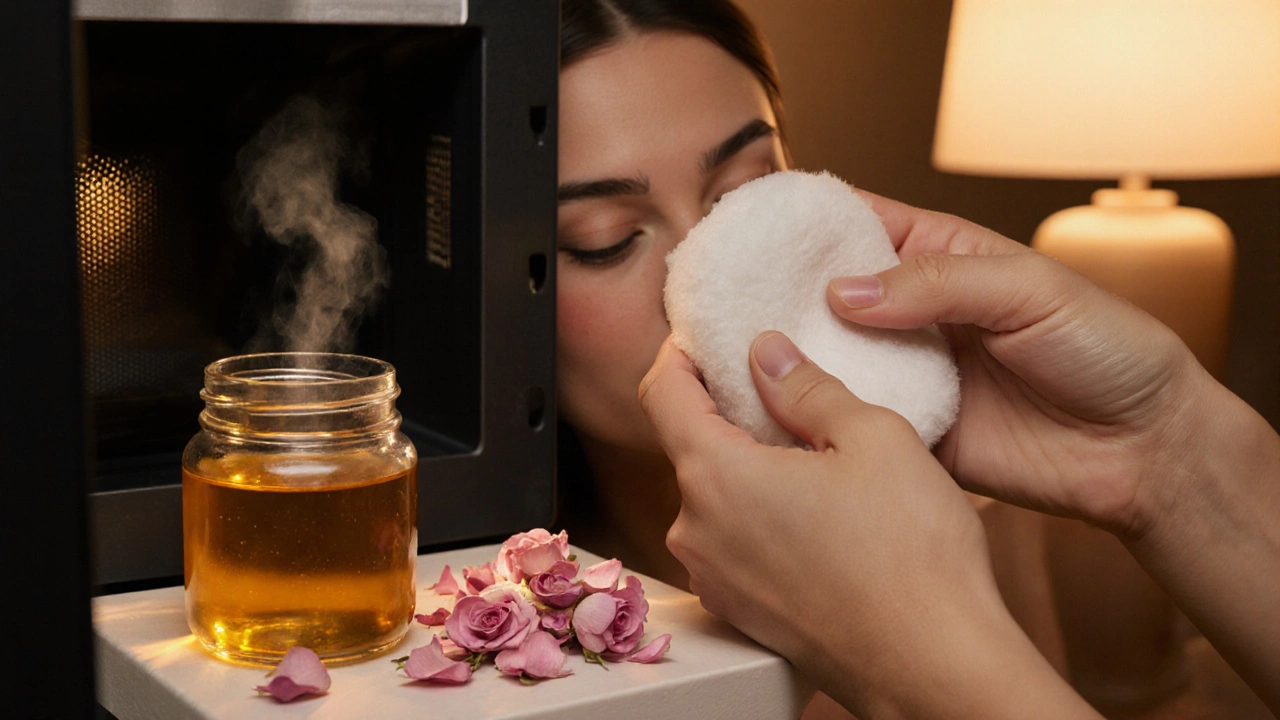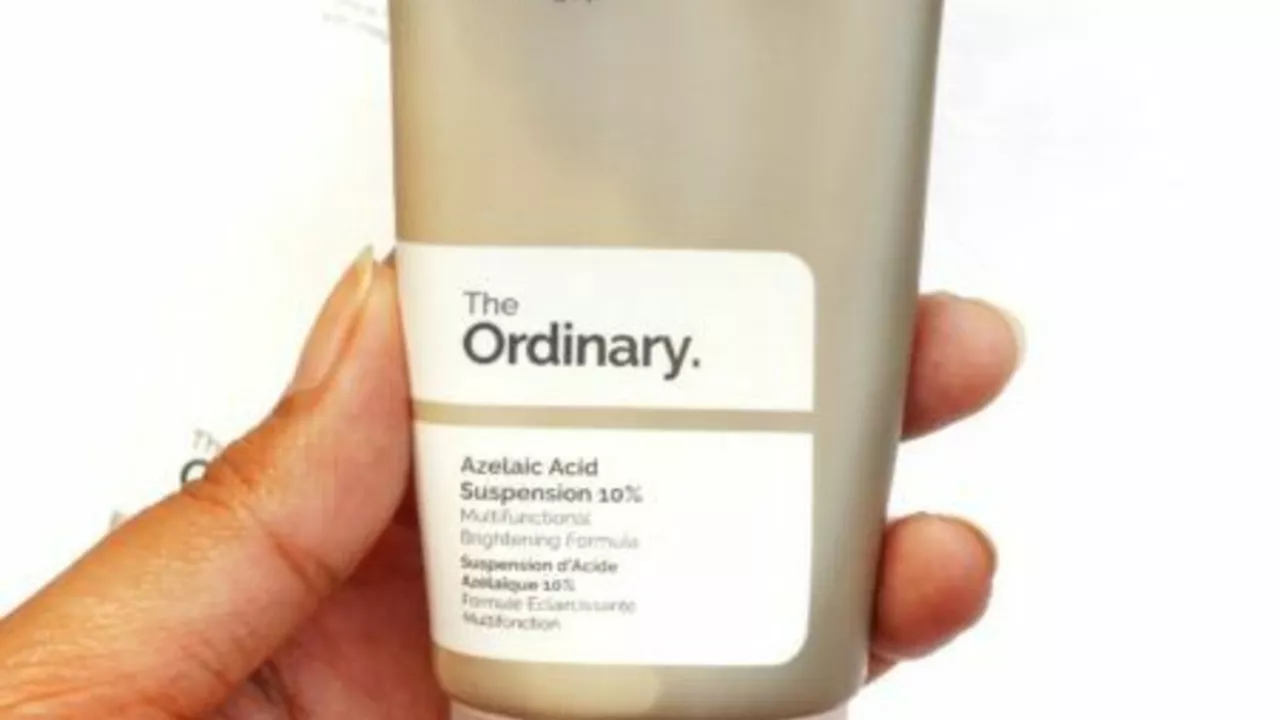Health and Beauty: Practical Skincare and Makeup Tips
Want skin that looks and feels better without wasting time? Start with a few reliable habits: sunscreen every morning, gentle cleansing, and simple, targeted products for your skin type. These basics cut redness, prevent new dark spots, and make makeup sit nicer.
When choosing products, read labels for active ingredients that match your goals. For dark spots and uneven tone, ingredients like azelaic acid and vitamin C help. For acne-prone skin look for non-comedogenic moisturizers and lightweight sunscreens. If you have sensitive skin, favor fragrance-free formulas and introduce one new product at a time to spot-check reactions.
Makeup tips for melasma
Covering melasma is easier when you build coverage in thin layers. Start with a lightweight, hydrating primer where pigment is strongest. Use a color corrector—peach or orange tones work for brown patches—applied with a small brush only on the spots. Blend edges gently so the corrector disappears into your skin.
On top, choose a medium- to full-coverage foundation or a concealer designed for hyperpigmentation. Pat product on with a damp sponge; pressing preserves coverage and avoids streaks. If you need extra coverage, add a second light layer rather than one heavy swipe. Finish with a thin dusting of translucent powder only where you tend to get oily to avoid a cakey look.
Quick tools that help: a small dense brush for targeted spots, a damp beauty sponge for blending, and setting spray to lock everything in place. Remove makeup gently at night with an oil-based cleanser followed by a mild cleanser to avoid irritating the skin and worsening pigment.
Azelaic acid for sensitive, acne-prone skin
Azelaic acid is great for sensitive, acne-prone skin because it calms inflammation and lightens dark marks without strong irritation. Start with a low concentration—10% is common—and use it every other night for the first two weeks. Watch your skin: if you have no redness or tightness, move to nightly use.
Pair azelaic acid with a gentle cleanser and a barrier-repair moisturizer. Avoid combining it with strong exfoliants like daily AHAs or retinoids at the same time—alternate nights to lower irritation risk. Always apply sunscreen in the morning; azelaic acid can make new marks clearer if you skip SPF.
If your skin becomes very dry or irritated, pause use and talk to a dermatologist. For many people, azelaic acid reduces breakouts and fades post-acne marks in a few weeks, making it a reliable option to include in a simple routine.
Want more step-by-step guides and product suggestions? Check the articles on this page for full routines on covering melasma and using azelaic acid safely. Small changes done consistently bring the best results.
Try a simple morning set: gentle gel cleanser, 10% azelaic acid (if tolerated) or vitamin C, lightweight ceramide moisturizer, broad-spectrum SPF 30 or higher. For makeup, try peach color corrector like LA Girl Conceal, medium-coverage foundation and setting spray. Test each new item on your jawline for 3 days before using it on your face.



